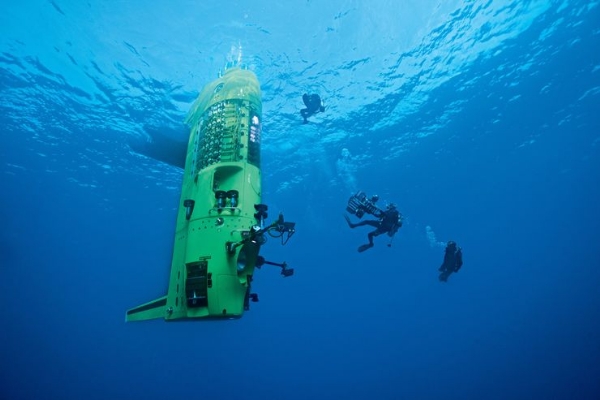India to have manned submersibles under Deep Ocean Mission soon: Jitendra Singh
Total Views |
New Delhi, July 29: Along with India's ambitious project Gaganyaan, India is also going to send three scientists into the ocean to explore the deep sea region, under its Deep Ocean Mission in the next 5 years, Earth Sciences Minister Jitendra Singh said during the event.

He said, "In the coming five years, we are going to have very ambitious programs being planned including man submersibles to carry three scientists up to the depth of 6,000 meters in the ocean." The project will be executed by the Ministry of Earth Sciences.
Union Cabinet has approved the ‘Deep Ocean Mission’ proposed by the Ministry of Earth Sciences on June 18.
Under the mission, govt is willing to send an indigenously developed submersible vehicle with three persons to a depth of about 6000 meters to carry out deep underwater studies. Mission will explore the Deep Ocean for resources and help in the development of deep-sea technologies for sustainable use of ocean resources.
He also suggested that when Gaganyaan -- India's first manned mission to space -- takes off, the MoES should also undertake this mission. "The two missions will simultaneously take Indians to space and deep sea," he said.
The aim of this more than Rs 4,000 crore mission is to make India self-reliant in ocean technology, create more jobs in this field, and enhance the capacity building of institutions working in this sector.
It should be noted that the National Institute of Ocean Technology (NIOT), an institute under the MoES, is going to designed and developed manned submersible. It is going to collaborate with ISRO for this project. The development is expected to be completed by 2024. If the mission gets successful, India will be the sixth country in the world to have manned submersibles for deep-sea exploration after the US, China, Japan, Russia, and France.
Also read | Scientists including Indian astronomers spot short duration powerful 'Gamma-Ray Burst' from dying star
The main aim of this mission is to explore & extract polymetallic nodules which are composed of minerals such as nickel, manganese, copper, cobalt, and iron hydroxide. These metals are useful in manufacturing electronic devices, smartphones, solar panels, and batteries.
.
.